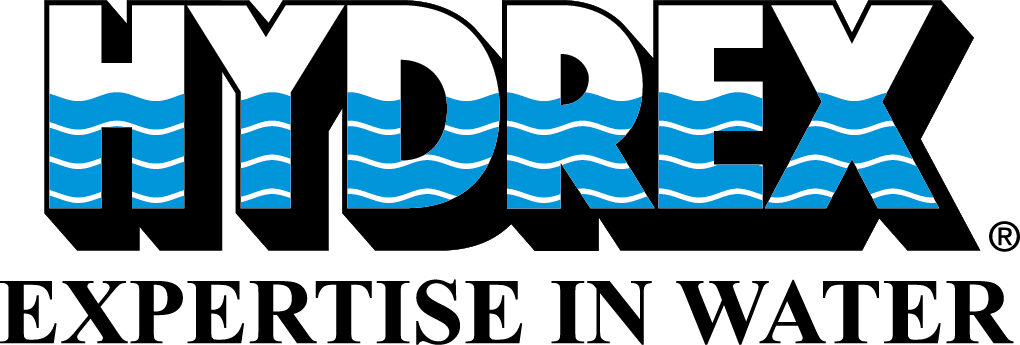In June a fully loaded 229-meter bulker suffered a 14-meter gash and some smaller cracks during a collision just outside the port of Gdansk, Poland. The classification society did not allow the ship to sail on until a temporary repair was made. Because the ship had just been loaded in Gdansk, it was essential that a solution was found that would allow the vessel to sail on. For this reason Hydrex sent a diver/technician team to the vessel’s location to close off the damage in the hull. The operation was carried on in cooperation with salvage expert SVITZER.
An initial inspection of the damage revealed a 14-meter longitudinal crack on the flat bottom that was up to 1 meter wide in the middle. A second crack was found on the portside near the collision bulkhead, measuring 2 meters by 15 centimeter. Several smaller cracks were also discovered in the same area.
The results of this inspection were used to propose a repair plan to the customer. After the final order was given, a truck with all the necessary equipment mobilized from the Hydrex headquarters in Antwerp.
Creating a doubler plate that fit the deformed hull
In Gdansk the operation started with the installation of a flat doubler plate over the largest part of the 14-meter crack. The area around the last part of the crack was too badly deformed and required a special doubler plate that would fit the new shape of the hull.
The first step was to get accurate measurements for the area of damage on a hull that was badly deformed, pierced and indented. These measurements were subsequently used in the fabrication of the doubler plate. The plate was made at a local dockyard under supervision of a Hydrex diver/technician. Extra stiffeners were welded on the doubler plate as additional reinforcements.
The doubler plate was then secured to the hull with a weld all the way around. With the large crack completely closed off, the Hydrex team moved on to the 2-meter crack in the bulkhead.
Closing off the other cracks
Because the area around the second crack was deformed too extensively for a regular doubler plate, a special cofferdam was constructed. After it had been constructed, the cofferdam was positioned over the crack and welded all the way around.
During these repairs several smaller doubler plates were installed over the other cracks, closing off the hull completely and allowing the vessel to sail on. After unloading its cargo in Hamburg, the ship went to drydock for permanent repairs.
Conclusion
Without the underwater repairs carried out by Hydrex, the ship would not have been given permission by the classification society to continue its journey. By providing the owner with a solution for a seemingly unsolvable problem, Hydrex saved him a great deal of time and money.

